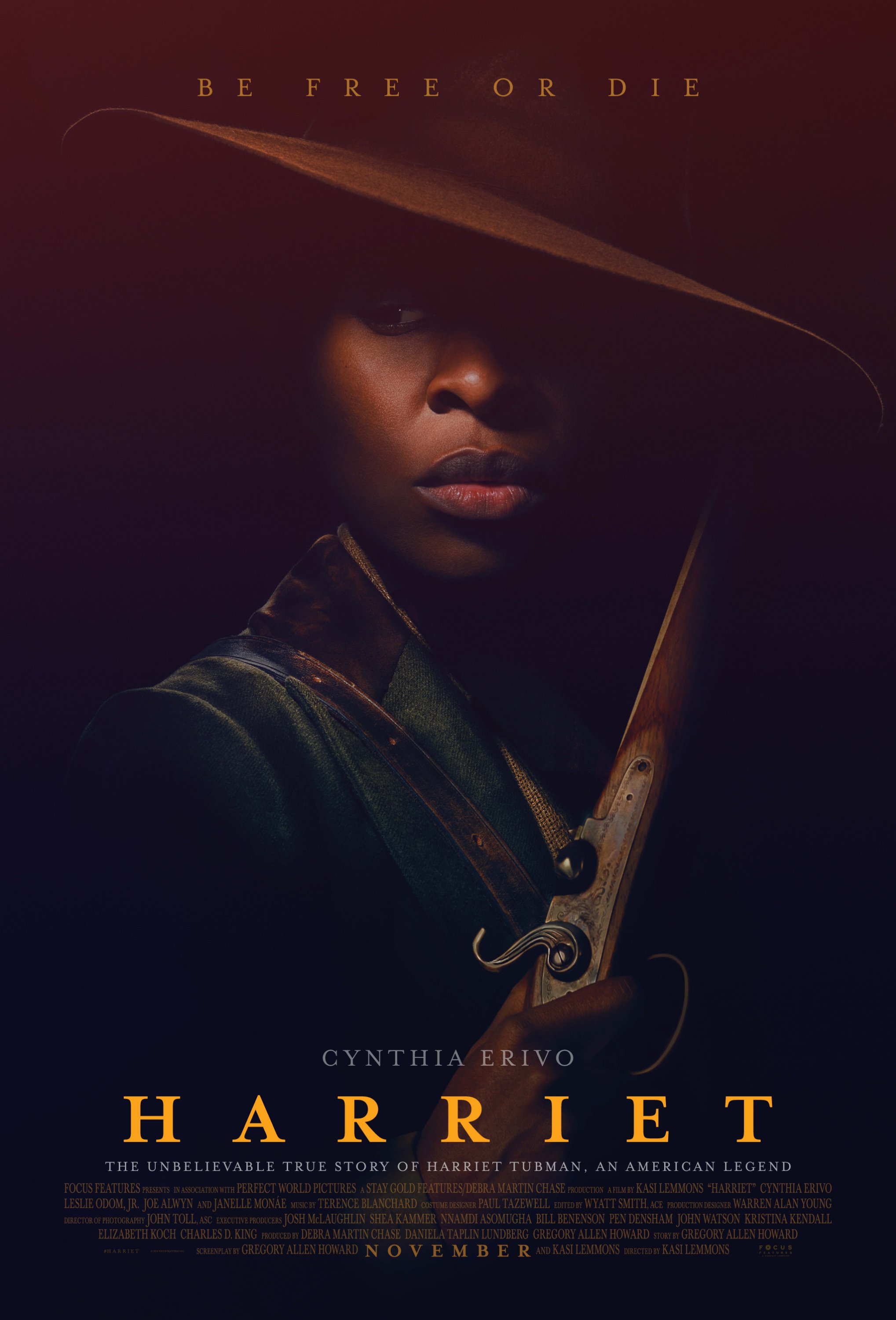
In undertaking a production about Harriet Tubman, a legendary 1800s slave who escapes to the north, only to return to free other slaves, the filmmakers began the story in the film Harriet on the day before the title character escapes slavery and covers the next ten years of her life.
“This small slave woman with these impossible odds against her,” said editor Wyatt Smith of the magnetic pull into the story. “To go on that film emotionally with her was a huge draw for me.”
From an editorial standpoint, one of the greatest experiments in the film is intermittently shifting the setting forward and backward in time.
“It’s an essential part of Harriet’s story, but a very hard thing to quantify,” said Smith. “We tried these visions at all of the turning points of major decisions she had in the film. Time is fluid in these visions that she had: past, present and future. It’s a spiritual device.”
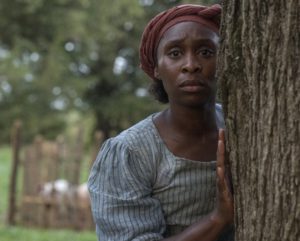
Given the responsibility that film biographies carry, Smith knew that he had to remain truthful to Tubman’s story, and the aforementioned visions were a key aspect in her many journeys.
“The vision she had when she knew that she had to rescue her father,” Smith noted as a pivotal point in the story, adding that Tubman arrived right before the authorities were about to arrest her father. “One of the most important challenges was trying to get the tone of the film. We didn’t want to make 12 Years a Slave again. We wanted to make a film to be inspired by—to see how much further we need to go.”
As Harriet’s director Kasi Lemmons has worked with a different editor on previous projects, Smith knew that he had to earn the trust of his Harriet director.
“One of the early conversations was talking about the mysticism,” Smith revealed about speaking with Lemmons, noting that Tubman went through three phases of her life where she was first known by her slave name, Minty, then as Harriet, and finally as a modern Moses. “There is a lot of fear in her—this free woman on her own—but the sorrow that came with that. She becomes Moses in the Underground Railroad, this larger-than-life legend. Editorially, once she’s Moses, it is a superhero feel. It is an origins story.”
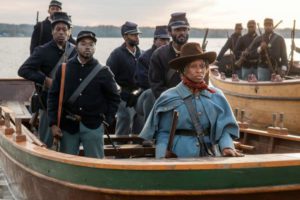
To maximize realism, Harriet was shot outside of Richmond, Virginia in various locations at Berkeley, a plantation where over 1000 slaves had lived. “I was in New York while they were shooting in Virginia,” Smith said. “I got to visit and meet Kasi in person. The spirit of this place, creating the atmosphere—it was the actual house [where Harriet Tubman lived as a slave]—the Broadus farm was real.”
As Smith was feeling the pressure of telling a revolutionary American story without knowing the director well, Smith shadowed Lemmons on set for a week.
“I learned so much from seeing where her focus was in the moment of filming,” Smith conveyed. “I could see Kasi’s vision; I went back to my hotel room and recut everything—I knew that my cuts didn’t feel right. I never had that happen before. I was creating some weird importance and undercutting the emotion of what she was going for. That whole [editor-director] relationship blossomed right then.”
In fact, though Smith had cut some crucial scenes to his satisfaction during principal photography, he knew that something didn’t feel right about those edited scenes, prompting him to re-edit.
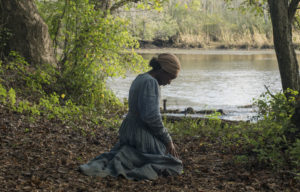
“I was getting the performances right, but I wasn’t getting the tone right and the balances right,” Smith confessed. “We are so focused on the drama going on that we are not paying attention to the slaves who are the victims of all of this. It’s about people who are not being heard—Kasi never lost that. Once I was able to tap into that, I understood it really well.”
During post-production, Lemmons was with Smith every day for seven months in the Harriet cutting room.
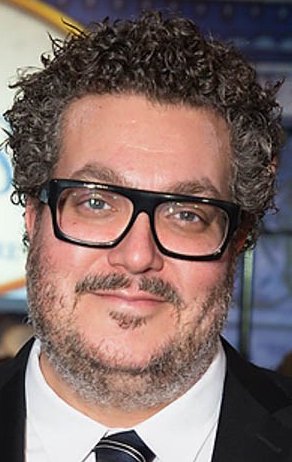
“We had enough time to explore that work and feel confident that we were doing the right thing,” Smith said, stating that his norm of late had been much bigger mainstream studio fare. “Why do we have to typecast and pigeonhole people into just one thing? Coming off of Mary Poppins Returns, I wanted to move a different muscle: find the story, use the best performances, and find the best pace of the film. It doesn’t matter what type of film it is—for me and for other editors, you are qualified for any type of film.”





